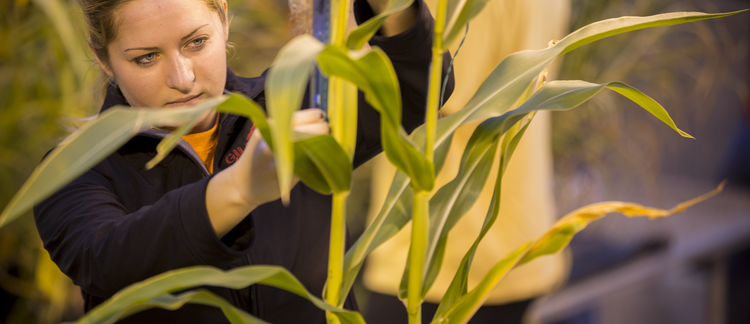Abstract
Early sweet corn production is enhanced by use of clear plastic mulch. Some growers use this practice on their earliest plantings to gain a market advantage and higher price. In cool, wet springs the practice is highly profitable. In central and northern Iowa, the years with a yield advantage more than offset the costs for years with no gain. There are many color plastic choices with various advertised benefits such as increased soil temperature and reflective radiation that speeds plant growth and development. The sweet corn research is designed to evaluate a few color mulches that are reported to affect corn growth and development—specifically, the sugar content of the kernel at harvest. The blue is supposed to enhance photosynthesis and improve translocation of carbohydrates (sucrose) to the developing kernel. As sweet corn is harvested in the immature stage (as opposed to field corn) it is thought there might be a sugar boost (some Canadian work was indecisive). The mulches were manufactured using pigment resins of a proprietary nature that change the wavelength of reflective radiation – blue and red. Thus, we measured the reflective radiation to see if that is true. Some plastics are included that affect soil temperature more than reflective radiation (i.e, the olive and clear). Increasing soil temperature and resultant enhanced shoot growth and leaf surface area may have more to do with photosynthesis and sugar production than specific reflective radiation.
Keywords: Horticulture
How to Cite:
Taber, H. G. & Heard, M., (2009) “Sweet Corn Plastic Mulch Comparison”, Iowa State University Research and Demonstration Farms Progress Reports 2008(1).
Downloads:
Download pdf
View PDF
496 Views
113 Downloads

